The Italian composer Giovanni Paisiello (1740–1816) was the most popular opera composer at the end of the 18th century. Based in Naples, his operas caught the attention of all of Italy and, in addition to Naples, he wrote operas for Bologna and Rome. In 1776, he was invited to St Petersburg by Catherine the Great, where he remained for 8 years and where he produced his masterpiece, Il Barbiere di Siviglia. Its European productions attracted the attention of other composers, including Rossini, whose opera, then called Almaviva ossia la inutil precauzione, eclipsed that of Paisiello.
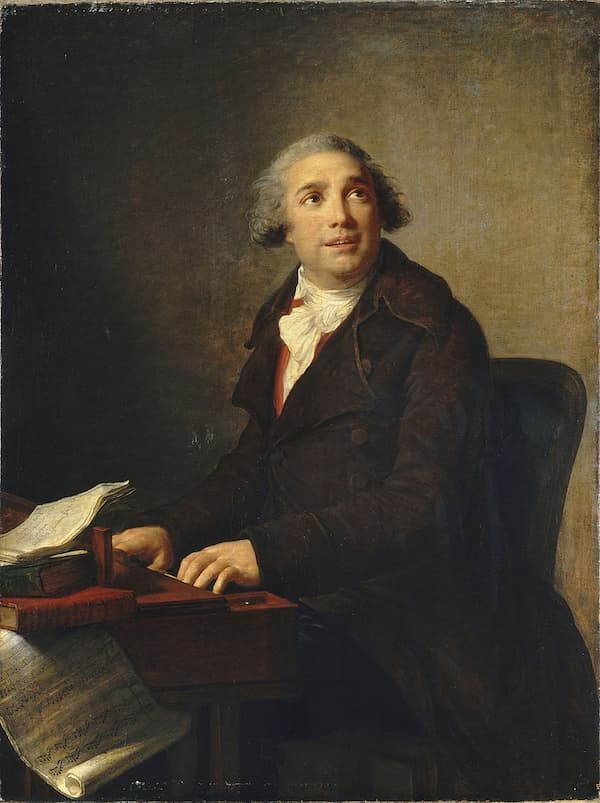
Élisabeth Vigée Le Brun: Paisiello at the clavichord,1791 (Palace of Versailles)
Paisiello left Russia in 1784 and returned to Naples, where he worked for Ferdinand IV of Naples. This is where he composed one of his best operas, L’amor contrastato o sia La molinarella. Its revival in Vienna in 1790 as La Molinara (The Miller’s Woman) attracted Beethoven’s attention when he heard it in 1795. Beethoven wrote his variation on the opera’s best-known tune, the duet ‘Nel cor più non mi sento’.
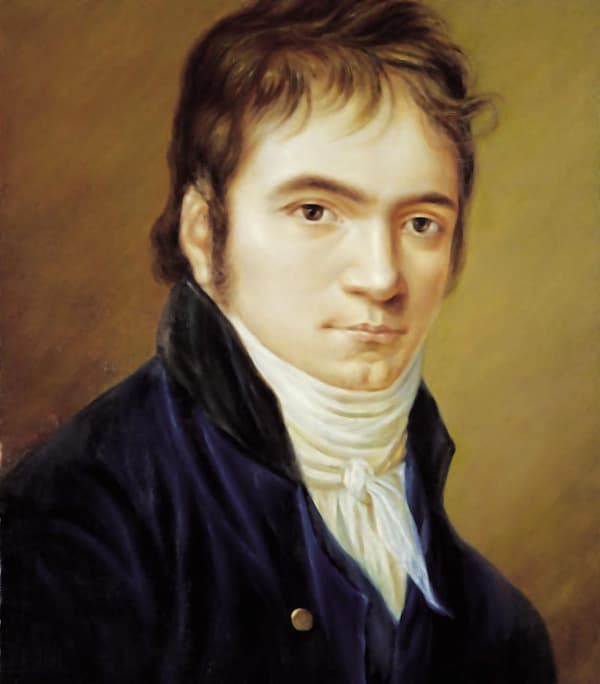
Christian Horneman: Beethoven, 1803 (Beethovenhaus Bonn)
Beethoven wrote his variation set for someone he attended the opera with in June 1795. After she told him it was her favourite work from the opera and that she had a set of variations on it but had lost it, Beethoven set to work and completed his variation set that same night. The work was probably written with the unknown woman’s piano abilities in mind, as it is not a difficult work. It holds a certain charm, and the melody attracted many other composers to create their own variation sets on it, including Paganini for violin, Fernando Sor and Mauro Giuliani for guitar, Giovanni Bottesini for double bass, and many others for keyboard.
The work is in G major, and the variations remain in that key except for Variation 4, which ventures into G minor. As a simple occasional piece inspired by his date’s love for the music, Beethoven’s variation set provides us with a lovely example of how Beethoven could rise to an occasion.
Ludwig van Beethoven: 6 Variations on ‘Nel cor piu non mi sento’, WoO 70
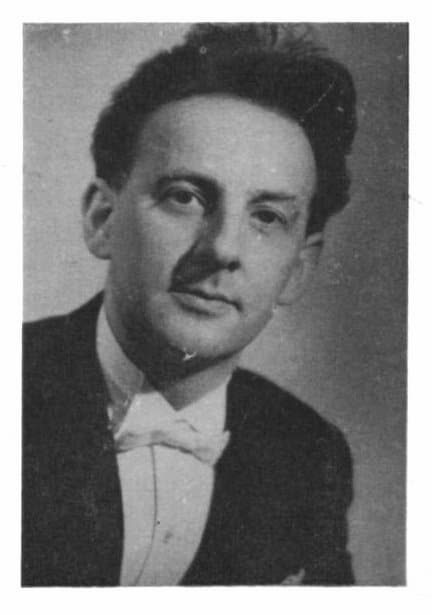
Dieter Zechlin
This recording was made in 1960 by German pianist Dieter Zechlin, who, at the time, was one of East Germany’s leading pianists.
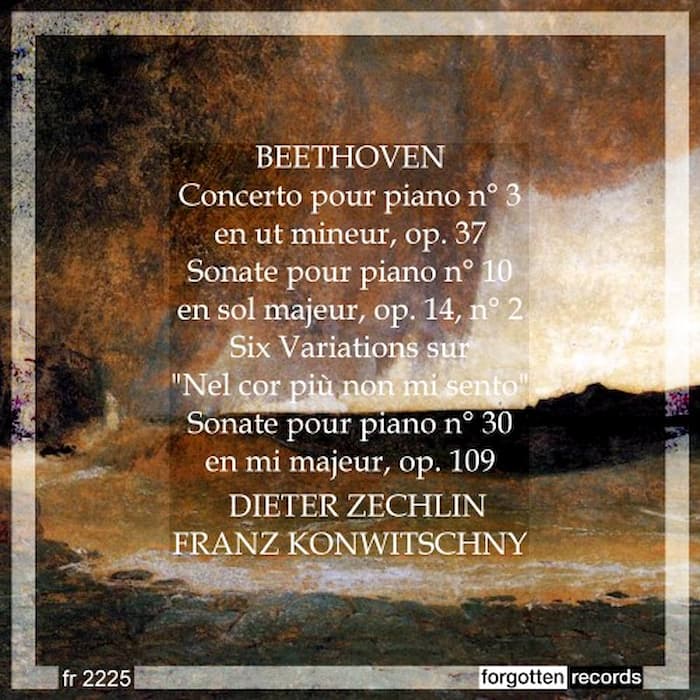
Performed by
Dieter Zechlin
Recorded in 1960
Official Website
For more of the best in classical music, sign up for our E-Newsletter

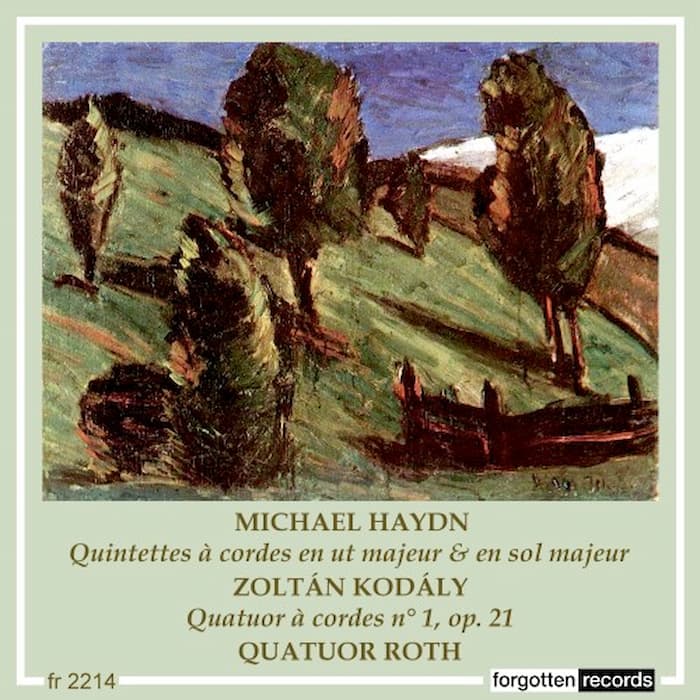
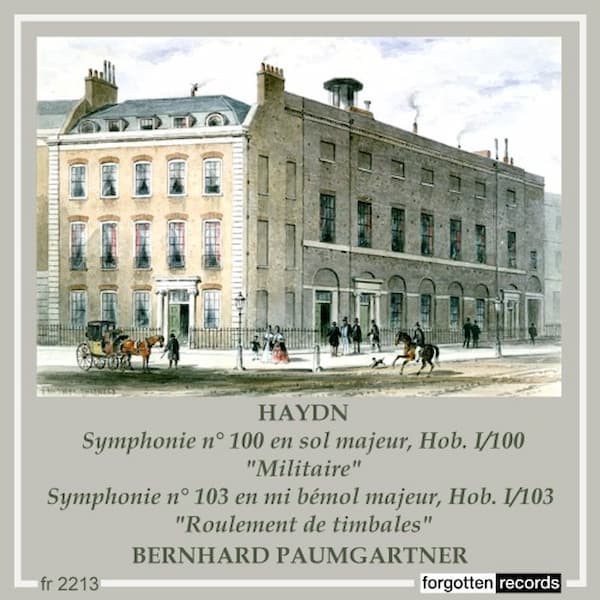
for His Love? She wasn’t his love. And is Nel cor più non mi sento duet please?